

— Blogs —
—Products—
 Consumer hotline +8618073152920
Consumer hotline +8618073152920 WhatsApp:+8615367865107
Address:Room 102, District D, Houhu Industrial Park, Yuelu District, Changsha City, Hunan Province, China
Product knowledge
Time:2024-11-02 16:24:42 Popularity:931
Smart weather station is a masterpiece of modern weather observation technology, utilizing advanced technologies such as Internet of Things, big data, cloud computing and artificial intelligence to build a highly integrated and automated weather monitoring system. These systems are not only capable of monitoring a wide range of meteorological parameters in real time, but also provide accurate weather forecasts through advanced analysis, which is of great significance to agriculture, transportation, aviation, urban planning and other fields.
- Wind speed and direction sensor: Measure wind speed and direction using ultrasonic or mechanical principles.
- Temperature and humidity sensor: monitor the temperature and humidity in the air.
- Barometric Sensor: Measures atmospheric pressure.
- Rainfall Sensors: Record precipitation, usually in a tipping bucket or non-contact design.
- Soil temperature and humidity sensors: monitor the temperature and moisture content of the soil.
- Solar Radiation Sensors: Measure total radiation or radiation in specific bands.
- Carbon Dioxide Sensor: Assesses the effect of CO2 concentration on plant growth.
- UV Sensor: Measures the intensity of ultraviolet light.
- Built-in data collector reads sensor data regularly for preliminary analysis, reducing manual intervention and improving efficiency.
- Satellite communication: Suitable for weather stations in remote areas or on the ocean, transmitting data to ground receiving station via satellite.
- Mobile communication network (3G/4G/5G): applicable to cities and areas with good mobile network coverage, transmitting data to server or cloud platform through mobile network.
- Wired network transmission: connecting weather stations and data centers through wired network cables.
- Dedicated communication network: dedicated communication network established by the meteorological department to ensure the stability and safety of data transmission.
- Combining big data analysis and AI technology, it predicts extreme weather events in advance, providing valuable time for disaster prevention.
- Designed to take into account a variety of environmental conditions, from extreme cold to high temperature, from dry to wet, can operate stably, and easy to install, low maintenance costs.
- In addition to basic meteorological parameter monitoring, it can also extend functions, such as soil moisture monitoring, to provide a scientific basis for agricultural irrigation.
- The solar-powered system and low-power design ensure the sustainability of long-term field operations while minimizing environmental impact.
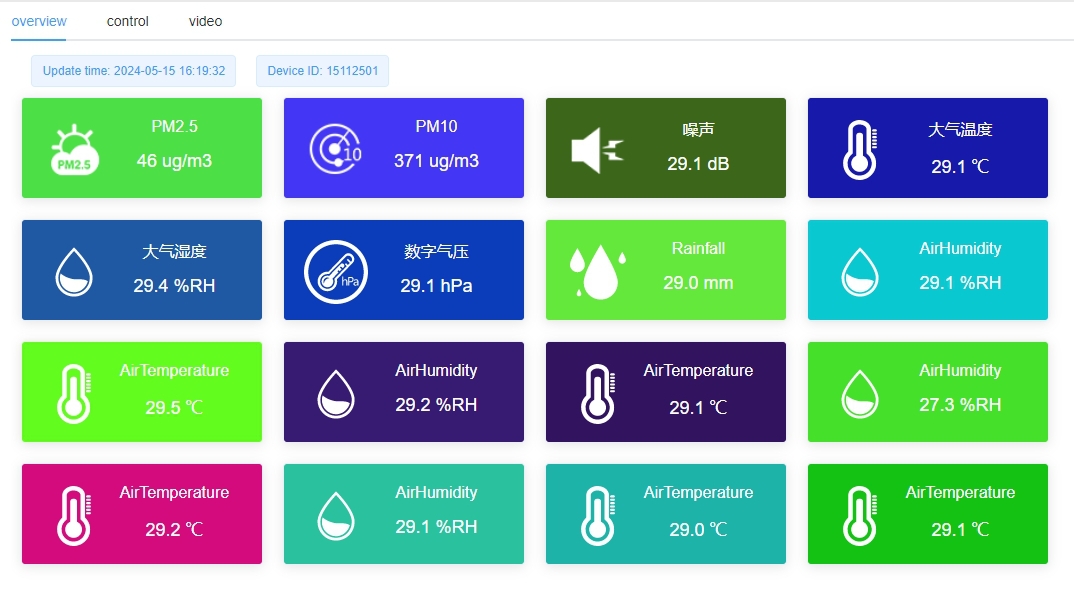
The Smart Weather Station utilizes a highly automated approach to data collection. Environmental parameters are monitored in real time by integrated high-precision sensors, which are directly connected to the data collector. The data collector is responsible for reading the sensor data at regular intervals, and utilizes a high-speed data acquisition system that is capable of acquiring information at a very high frequency. The collected data is initially processed to ensure accuracy and completeness, and then prepared for storage and transmission.
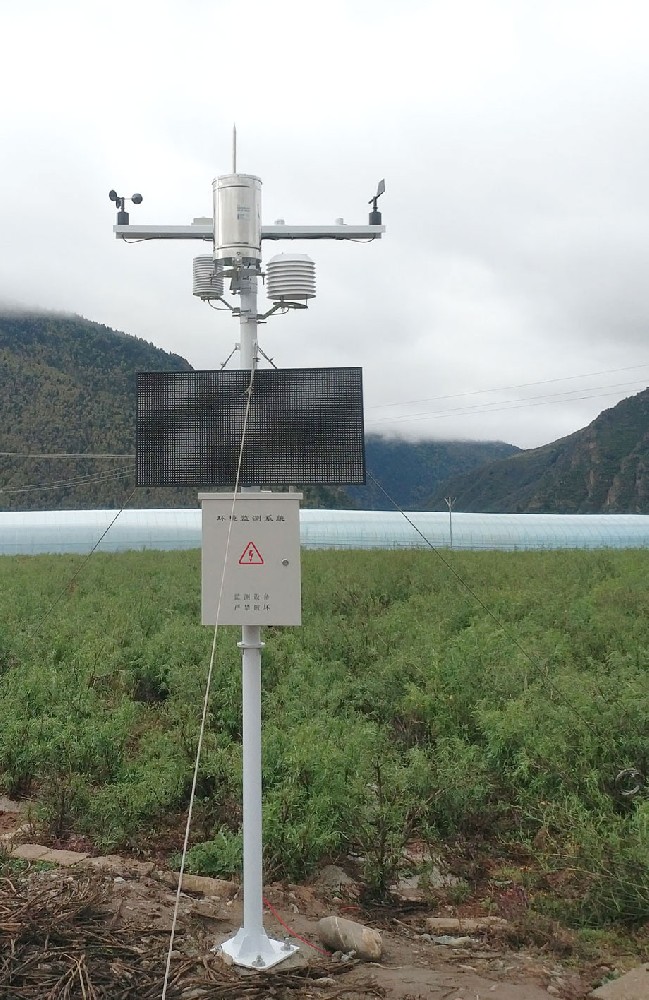
- The built-in data logger or data collector of the smart weather station has built-in storage capability, which can automatically store data over a period of time.
- Running an embedded operating system, it can perform simple data processing tasks, such as data formatting, error checking, etc.
- The automatic transmission of data mainly relies on wireless communication technologies such as GPRS, 4G/5G, NB-IoT or LoRa.
- Through the IoT card, the smart weather station sends the collected data to a remote server or cloud platform to ensure the immediacy and remote accessibility of the data.
- After the data is transmitted to the cloud platform, it is received and analyzed through API interface or proprietary software.
- The cloud platform provides data storage, analysis, and visualization services, and users can access these data anytime and anywhere via the Internet.
- Encryption technology is usually used during data transmission to ensure data security.
- It supports remote configuration, including collection interval, transmission settings, etc., which enhances flexibility and management efficiency.
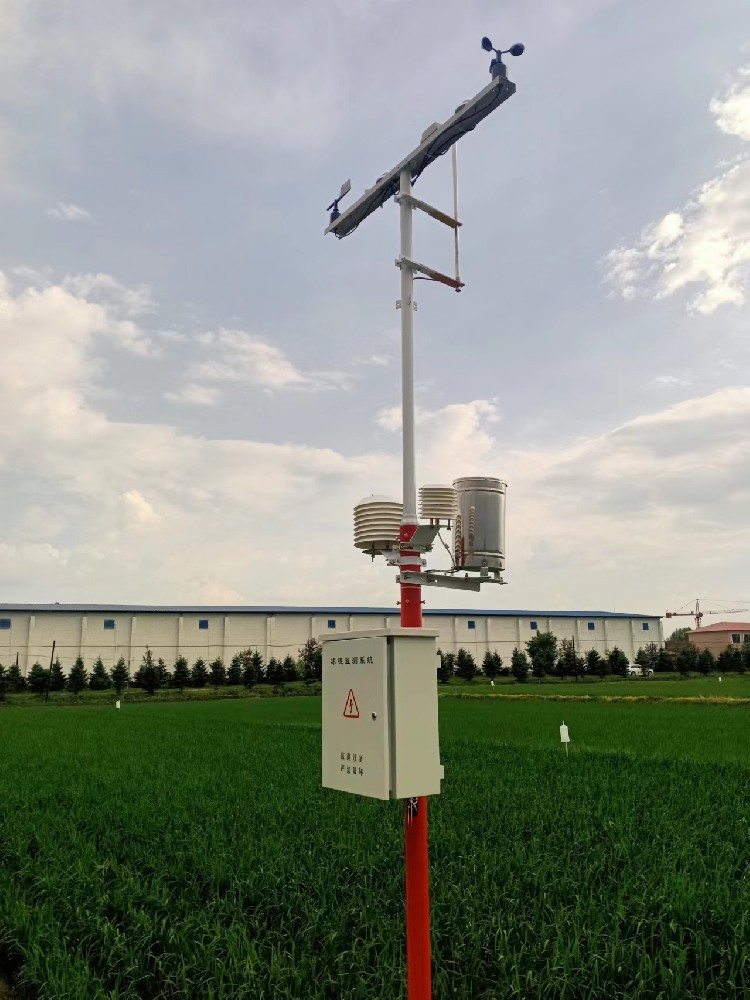
- In precision agriculture, smart weather station helps farmers adjust irrigation, fertilization and other farming activities based on real-time weather data to improve crop yield and quality.
- Smart weather station provides meteorological data support for cities to optimize water resource management and enhance public safety, such as storm warning to reduce urban flooding.
- Ensure traffic safety by avoiding the impact of bad weather on flights and road traffic through Smart weather station's accurate weather forecasts.
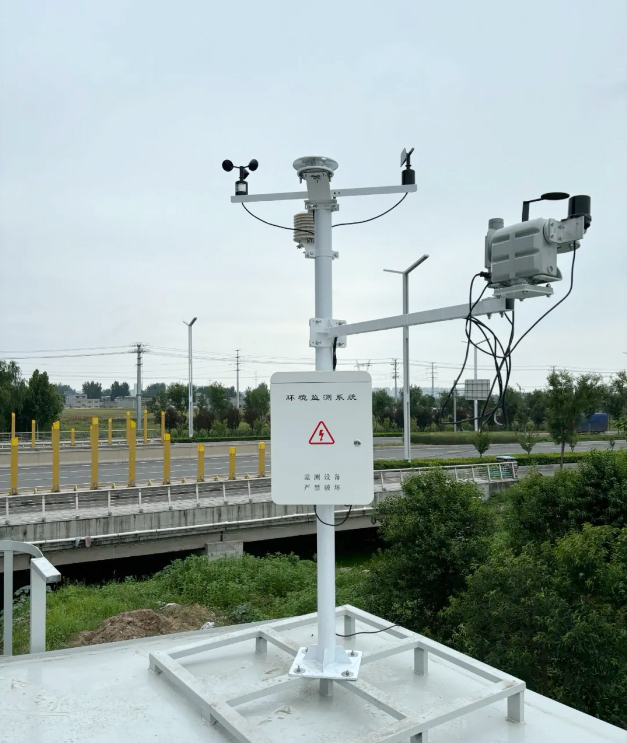
- Provide detailed data support for meteorological research, as well as a practical tool for teaching meteorology in the field of education.
- Monitoring air quality, rainfall and other environmental factors, providing data support for environmental protection departments and promoting the construction of ecological civilization.
- Provide tourists with weather information of tourist destinations to help them rationalize their itineraries and improve their travel experience.
Through its accurate data monitoring and convenient data transmission, the intelligent weather station provides important data support and decision-making basis for many fields, and has high practical value and broad application prospects.
Intelligent weather stations are a collection of modern meteorological observation technologies that utilize advanced technologies such as the Internet of Things, big data, cloud computing and artificial intelligence to build a highly integrated and automated meteorological monitoring system. These systems are capable of monitoring a wide range of meteorological parameters in real time, such as wind speed, wind direction, temperature, humidity, barometric pressure, rainfall, solar radiation, soil temperature and humidity, etc., and ensure the accuracy of the data through high-precision sensors.
1. High-precision sensors: such as ultrasonic wind speed and direction sensor, temperature and humidity sensor, barometric pressure sensor, rain sensor, etc. to ensure the accuracy and stability of data.
2. automated data processing: built-in data collector automatically collects and initially processes data, reducing manual intervention.
3. Remote monitoring and transmission: Through 4G/5G, satellite communication, radio waves and other technologies, the data is transmitted in real time to the cloud platform or data center for remote monitoring and analysis.
4. Intelligent Early Warning System: Combining big data and AI technology, it predicts extreme weather events in advance and provides early warning information.
5. Strong adaptability: Designed for various environmental conditions, easy installation and low maintenance costs.
6. Multi-functional integration: extended functions such as soil moisture monitoring, providing scientific basis for agriculture, transportation, urban planning and other fields.
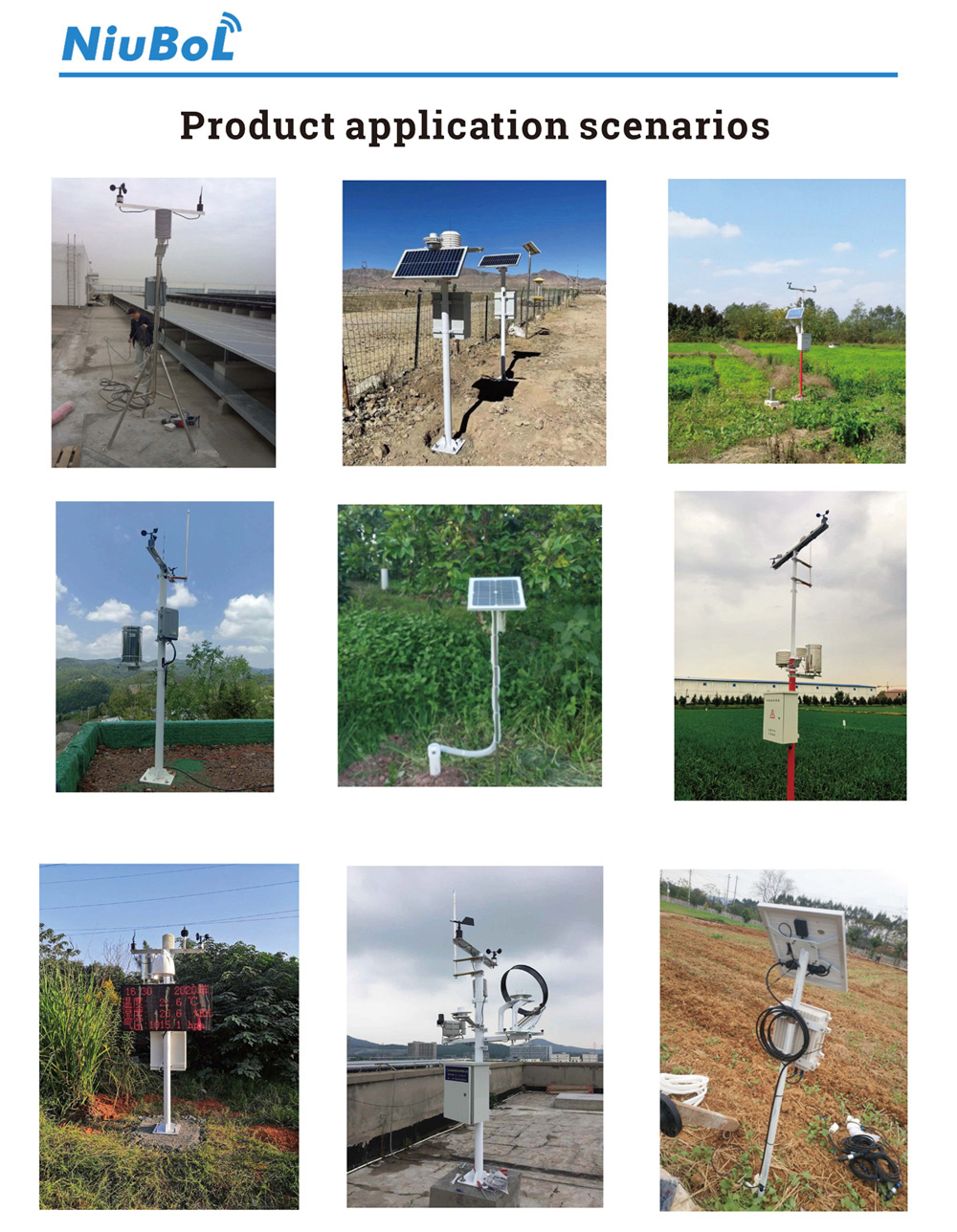
Through accurate data monitoring and efficient transmission methods, the intelligent weather station provides important data support for many fields such as weather forecasting, disaster warning, agricultural management, etc., and significantly improves the accuracy and timeliness of meteorological services.
Related recommendations
Sensors & Weather Stations Catalog
Agriculture Sensors and Weather Stations Catalog-NiuBoL.pdf
Weather Stations Catalog-NiuBoL.pdf
Related products
 Combined air temperature and relative humidity sensor
Combined air temperature and relative humidity sensor Soil Moisture Temperature sensor for irrigation
Soil Moisture Temperature sensor for irrigation Soil pH sensor RS485 soil Testing instrument soil ph meter for agriculture
Soil pH sensor RS485 soil Testing instrument soil ph meter for agriculture Wind Speed sensor Output Modbus/RS485/Analog/0-5V/4-20mA
Wind Speed sensor Output Modbus/RS485/Analog/0-5V/4-20mA Tipping bucket rain gauge for weather monitoring auto rainfall sensor RS485/Outdoor/stainless steel
Tipping bucket rain gauge for weather monitoring auto rainfall sensor RS485/Outdoor/stainless steel Pyranometer Solar Radiation Sensor 4-20mA/RS485
Pyranometer Solar Radiation Sensor 4-20mA/RS485
Screenshot, WhatsApp to identify the QR code
WhatsApp number:+8615367865107
(Click on WhatsApp to copy and add friends)
